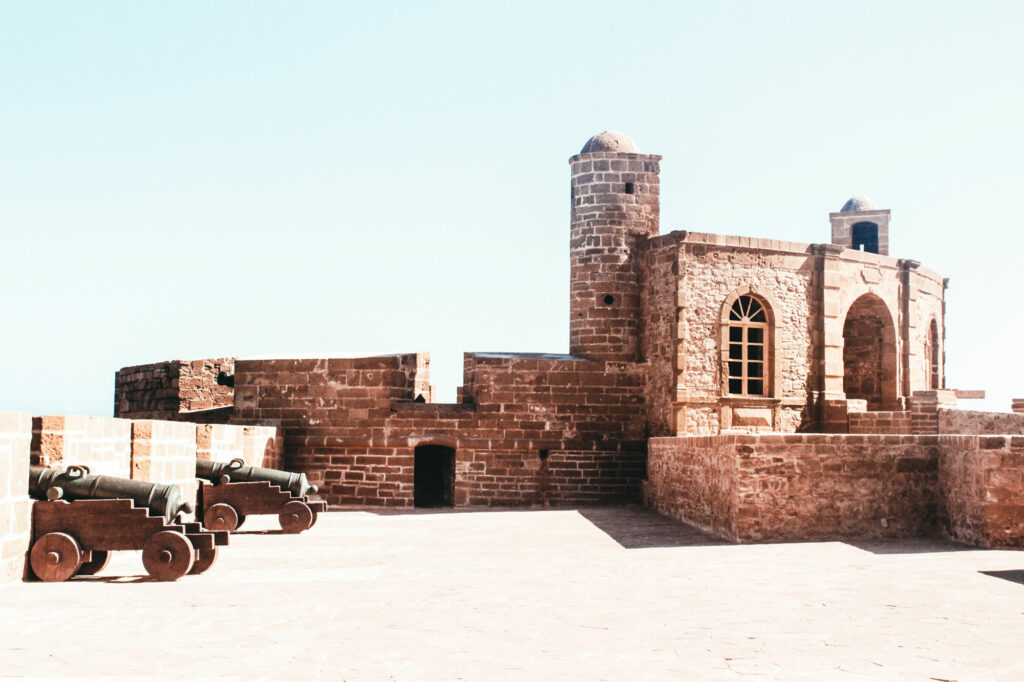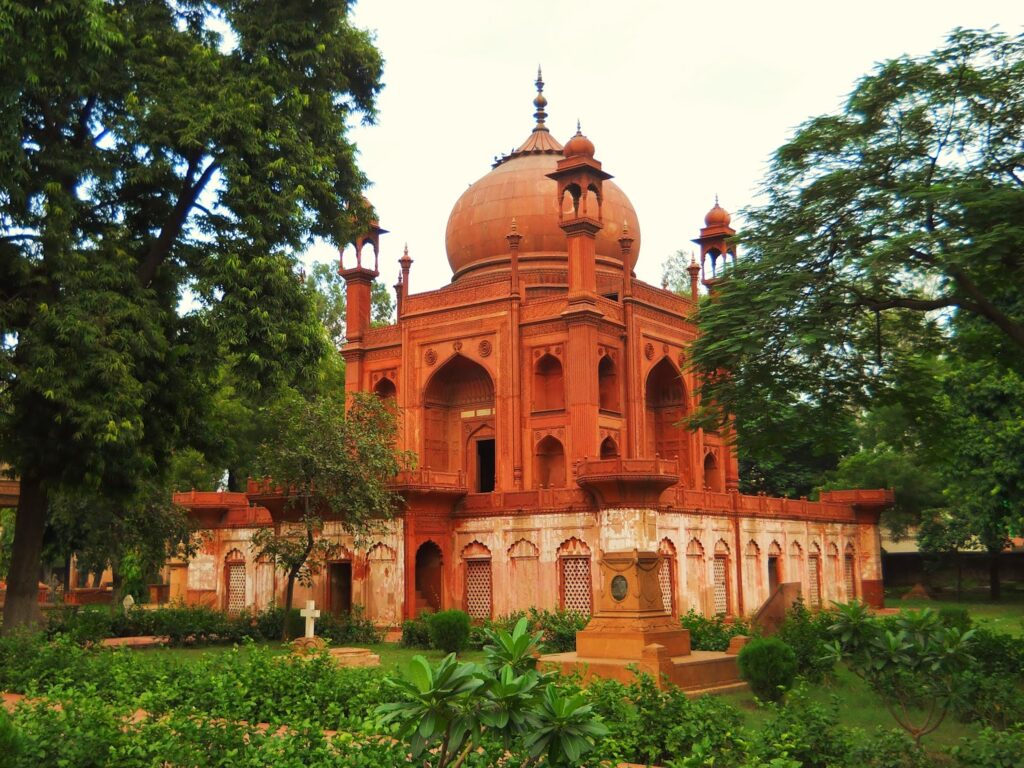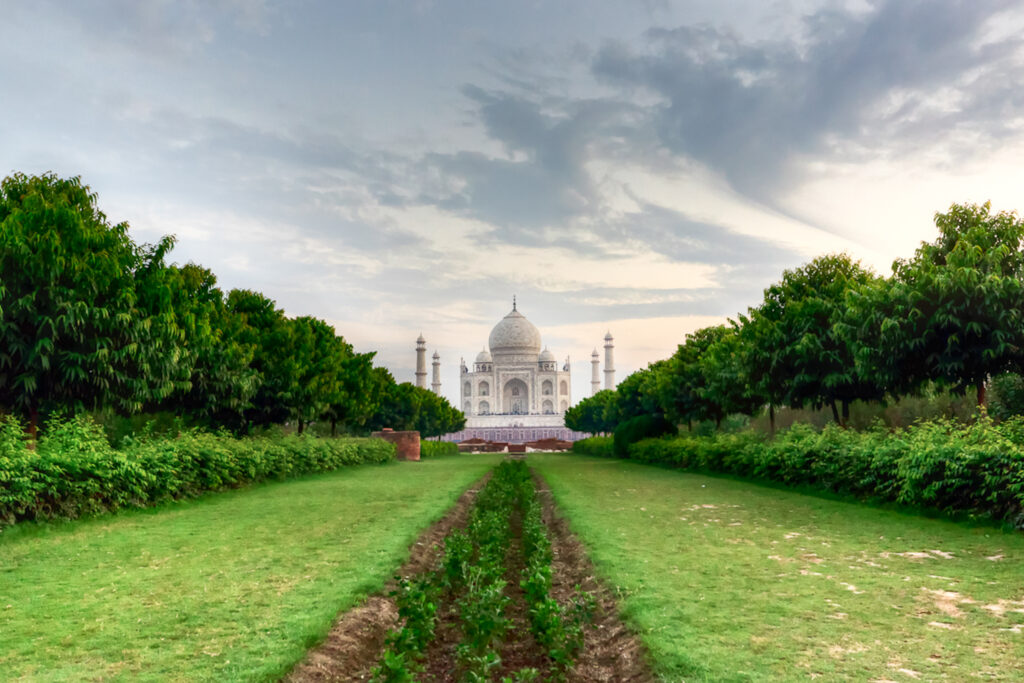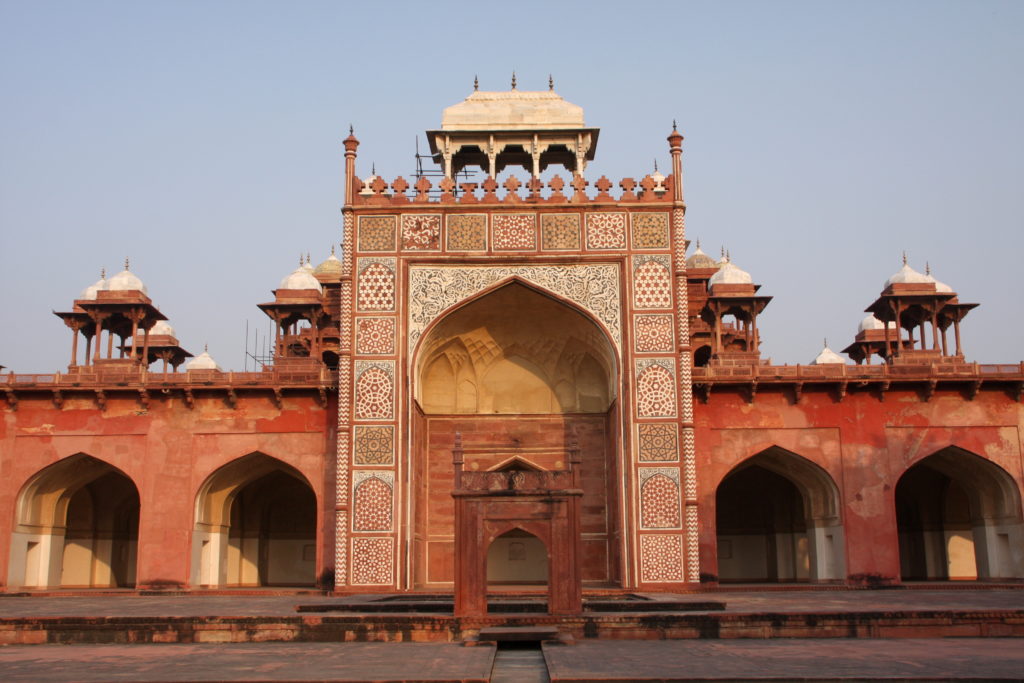places to visit in agra
Most people understandably prefer not to stay very long in Agra, as it is a rather unattractive city with many touts.
The magical allure of the Taj Mahal draws tourists to Agra like moths to a beautiful flame. And despite the hype, it’s every bit as good as you’ve heard. But the Taj is not a standalone attraction. The legacy of the Mughal empire has left a magnificent fort and a liberal sprinkling of fascinating tombs and mausoleums; and there is also entertainment in the chowks (markets). The downside comes in the form of hordes of rickshaws, roulette wheels, unofficial guides and souvenir sellers, whose persistence can be infuriating at times.
Agra Fort
This UNESCO World Heritage Site is one of the most robust and important Mughal forts in India. After arriving in Agra in 1558, Emperor Akbar extensively rebuilt the fort using the red sandstone. The process took eight years and was completed in 1573. The fort retained its stature until Shah Jahan moved the Mughal capital from Agra to Delhi in 1638. It lost much of its grandeur after his death in 1666 and during the 18th century it was repeatedly invaded and captured. Finally, it fell into British hands in 1803.
Jehangir’s Palace: This huge red sandstone palace within Agra Fort, a combination of Indian and Central Asian architectural styles, was probably built by the Mughal ruler Akbar for his son Jehangir.
Although many of the buildings inside the fort have been destroyed, some mosques, public and private halls, fairytale palaces, towers and courtyards still remain. Another attraction is the evening sound and light show which recreates the history of the fort. If budget is an issue, consider skipping the less impressive Red Fort in Delhi in favor of visiting Agra Fort as entrance fees are expensive (550 rupees for foreigners and 40 rupees for Indians).

Other tombs in Agra
Agra has two important tombs, with impressive Islamic-style architecture, which existed before the Taj Mahal but has since been overshadowed by it. One of them contains the body of Emperor Akbar, who is considered the most influential Mughal emperor. It was completed in 1614 and is located at Sikandra on the northwestern outskirts of Agra on the road to Mathura. (Tickets cost 210 rupees for foreigners and 20 rupees for Indians). His wife’s body is housed in another tomb nearby, with a similar entrance fee.
Itmad-ud-daulah’s tomb was the first to be made of white marble (instead of the red sandstone typical of Mughal architecture) and is often referred to as the “Baby Taj”. It stands amidst a small garden along the Yamuna River and contains the body of Mirza Ghiyas Beg who served under Akbar. His daughter married Akbar’s son Jehangir and was later appointed prime minister. (Tickets cost 210 rupees for foreigners and 20 rupees for Indians).

Mehtab Bagh
This park, originally built by Emperor Babur as the latest in a series of 11 parks on the east bank of the Yamuna (long before the Taj was even conceived), fell into disrepair until it was little more than a huge mound of sand. To protect the Taj from the erosive effects of sand blown across the river, the park was rebuilt and is now one of the best places to view the grand mausoleum.
The gardens of the Taj are perfectly aligned with those here, and the view of the Taj from the fountain directly in front of the entrance gate is special.

Khas Mahal
Shah Jahan was imprisoned within this white marble octagonal tower and palace for eight years, until his death in 1666 – from the windows he was able to gaze upon the Taj Mahal, his wife’s tomb. When he died, his body was taken by boat from here to the Taj Mahal.

Mausoleum of Akbar
This outstanding sandstone and marble tomb commemorates the greatest Mughal emperor. The huge courtyard is entered through a splendid door. It has three-story minarets at each corner and is built of red sandstone strikingly inlaid with white marble geometric patterns.
The mausoleum is located in Sikandra, 10 km northwest of Agra Fort. Take a bus (₹25, 45 minutes) bound for Mathura from Bijli Ghar Bus Stand; they pass the mausoleum. Or take a taxi (around ₹800 round trip).
Bahazari of the Old City
To experience the heart of Agra, head to the charming and bustling old city behind the 17th-century Jama Masjid mosque. There, you will encounter a tangle of narrow alleyways that house a surprising variety of goods including spices, clothes, saris, jewellery, shoes, handicrafts and snack stalls. This area, known as Kinari Bazaar, can be quite overwhelming if you don’t know your way around.
So, taking a guided walking tour is a good idea. Options include this offer from Agra Magic and this offer from Wandertrails. Also, Agra Beat and Agra Walks conduct tours in the Old City.
Taj Nature Walk
Get away from the crowds and enjoy the Taj Mahal surrounded by nature. About 500 meters from the East Gate, on Fatehabad Road, you will find a forest reserve that offers a unique opportunity to admire the monument in different shades and settings. You can wander its paths to various lookout points, watchtowers, and rest areas. The reserve is open every day from sunrise to sunset. The entry fee is 100 rupees for foreigners and 20 rupees for Indians.
Korai Village
On the way to Fatehpur Sikri, embark on the rural tourism initiative of Korai village. Korai is a tribal village, whose inhabitants were the keepers of dancing bears. They have struggled to earn an income and survive since the bears were taken away, as they have not received any compensation. You will be able to learn about and experience the daily life of the village and even meet the village magician, Mohammad. The cost to enter the village is $10 per person.
Fatehpur Sikri
Fatehpur Sikri is located about an hour west of Agra and is a popular group trip, although tourists and beggars have become a big threat in recent years. This now deserted city was founded by Emperor Akbar in 1571, when he decided to move his capital there, and is one of India’s most important historical destinations. Unfortunately, the capital was short-lived and moved to Agra after just 15 years.
